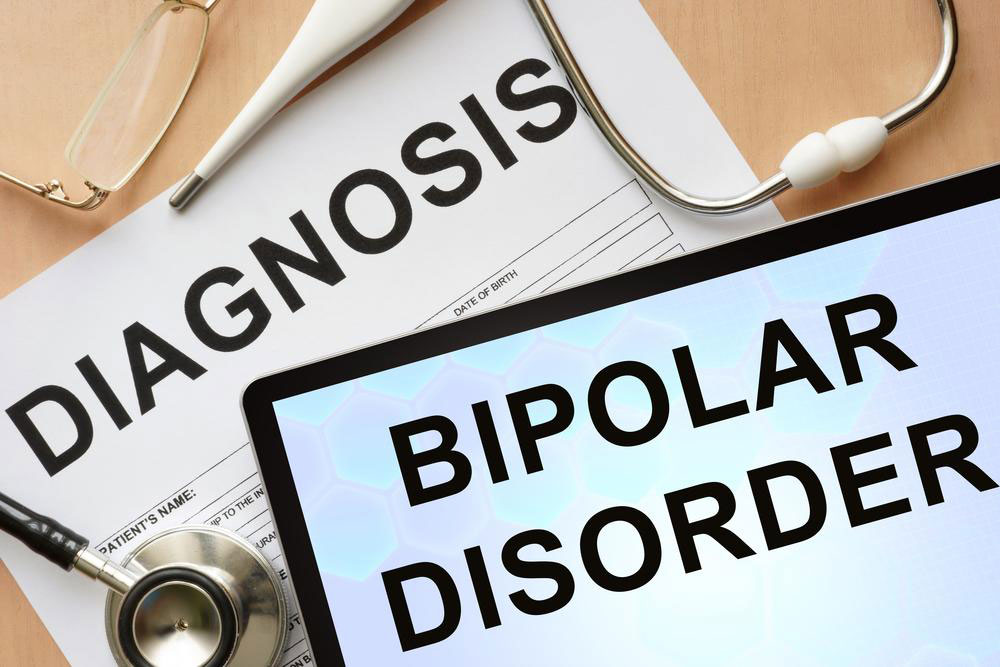Understanding and Managing Bipolar Disorder in Children: A Comprehensive Guide
This comprehensive guide explores how parents can identify, understand, and effectively manage bipolar disorder in children. Early diagnosis and intervention are emphasized as crucial steps toward helping children lead balanced, fulfilling lives. The article details symptoms to watch for, treatment options, and practical parenting strategies to support affected children through their recovery journey, highlighting the importance of a strong support system and professional care in achieving positive outcomes.

Understanding and Managing Bipolar Disorder in Children: A Comprehensive Guide
Parenthood comes with numerous responsibilities, including safeguarding the mental health and emotional well-being of your children. Among the various mental health conditions that can affect children, bipolar disorder stands out due to its complex symptoms and significant impact. Recognizing the signs early and understanding how to manage this condition plays a pivotal role in ensuring children receive the necessary support for a healthier and more balanced life. This comprehensive guide aims to shed light on how parents can identify bipolar disorder in children, understand its symptoms, and implement effective management strategies.
Children with bipolar disorder often display dramatic fluctuations in mood, energy levels, and behavior, which can be mistaken for typical childhood exuberance or moodiness. However, persistent and extreme mood swings that interfere with daily functioning warrant professional assessment. The earlier these symptoms are identified, the more effective the intervention can be, significantly improving the child's quality of life and reducing the risk of long-term complications.
Recognizing Symptoms of Bipolar Disorder in Children
Detecting bipolar disorder in children can be challenging because many behaviors may resemble those of other conditions or normal developmental stages. Nonetheless, certain hallmark signs can help parents and caregivers distinguish bipolar disorder from typical mood swings. These symptoms include:
Rapid and intense mood changes that seem disproportionate to the situation
Episodes of euphoria or extreme irritability that last for days or weeks
Periods of depression characterized by persistent sadness or withdrawal from activities
Impulsive behaviors, including risky activities or sudden changes in social activities
Difficulty managing emotions—sometimes displaying aggression or rapid speech
In severe cases, hallucinations, auditory or visual disturbances, or paranoia
If you observe these symptoms in your child, it is crucial to seek professional evaluation to confirm the diagnosis and formulate an effective treatment plan.
The Importance of Early Intervention
Early detection and intervention are key to managing bipolar disorder effectively. When diagnosed promptly, the appropriate treatment can help control symptoms, reduce the frequency and severity of episodes, and support the child's overall development.
Common treatment approaches include:
Medication: mood stabilizers and antipsychotics help manage symptoms
Psychotherapy: Cognitive Behavioral Therapy (CBT) and family therapy facilitate emotional regulation and coping skills
Educational support: tailored learning plans to accommodate emotional and behavioral needs
Parent training: empowering parents with strategies to support their child's mental health
Combining these treatments with a strong support system fosters resilience and helps children develop healthy coping mechanisms.
Supporting Your Child Through Treatment
As a parent, your role is vital in your child's journey toward stability and recovery. Creating a supportive environment can make a significant difference in their progress. Here are some practical tips:
Maintain open and honest communication—encourage your child to share their feelings and experiences without fear of judgment
Monitor their activities and mood patterns regularly—keeping a mood journal can be helpful
Ensure a stable, predictable routine—consistent sleep, nutrition, and daily schedules promote emotional stability
Educate yourself about bipolar disorder to understand your child's experiences better
Collaborate with healthcare professionals to adhere to prescribed treatment plans
Model healthy emotional regulation and resilience—children often learn behaviors through observation
Reassure your child that bipolar disorder is a manageable condition, and with proper care and support, they can lead fulfilling lives. Your ongoing encouragement and understanding foster a sense of security and self-confidence, which are crucial for their recovery journey.
In conclusion, recognizing and managing bipolar disorder in children is a collaborative process that involves vigilant observation, professional intervention, and unwavering parental support. Addressing symptoms early can dramatically improve outcomes, helping your child develop resilience and thrive despite challenges. Remember, with the right strategies in place, children with bipolar disorder can achieve stability and happiness, paving the way for a brighter future.





